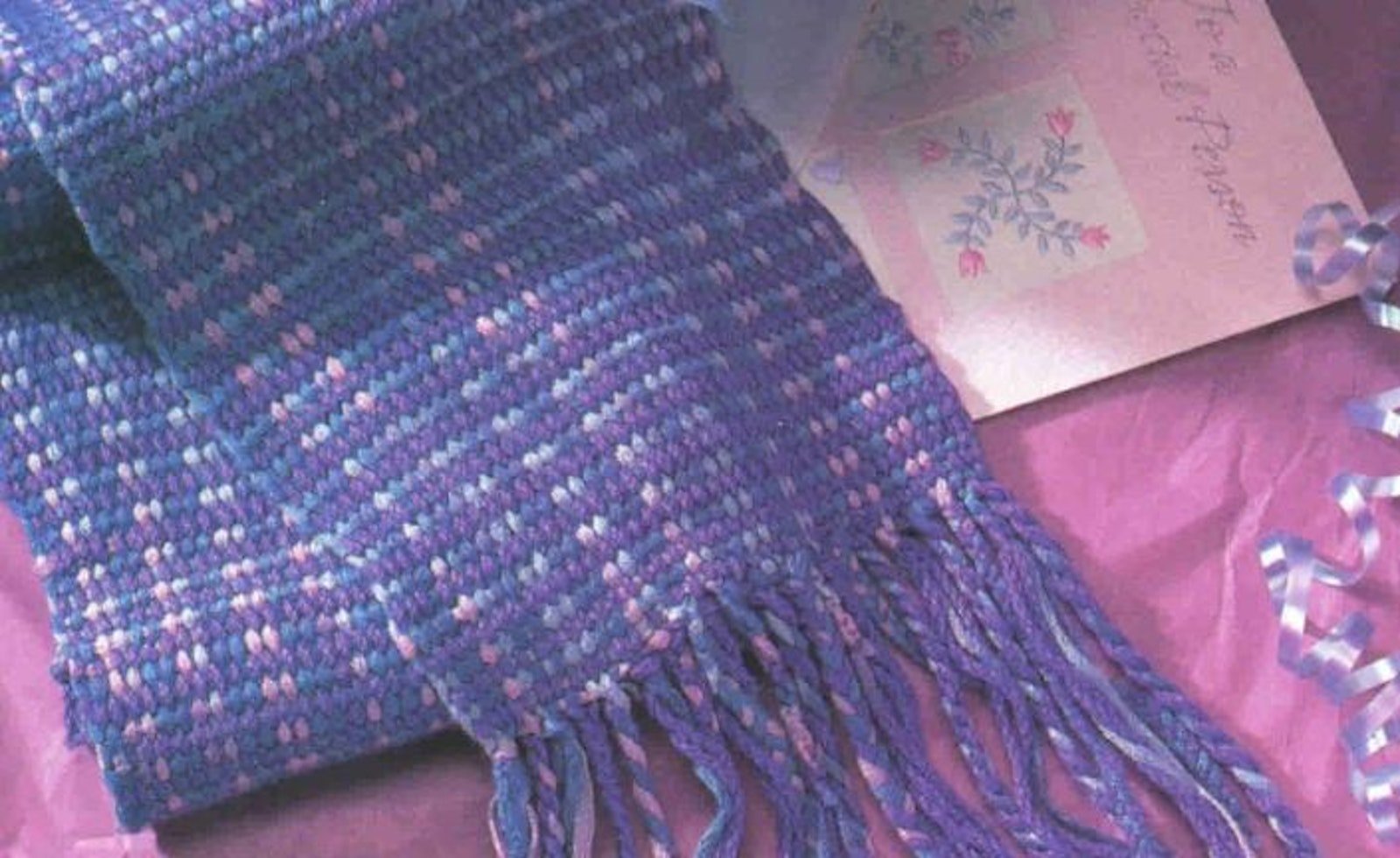Marilyn Romatka is a multi-talented fiber artist, crafter, teacher, and author of the book Creative Crafts of the World: 15 Lesson Plans for Teaching Folk Art to Groups of Kids. Here she is to talk about the importance and joy of sharing weaving with the next generation. ––Anita
 | |
| Marilyn demonstrates spinning to a group of children. |
I demonstrate weaving and spinning to the public. While this is the community outreach job I’ve taken on for my guild, I would still demo even if it weren’t. Some ask me, "Why invest the time." But I ask, why would you not?" Demonstrating gives me a chance to watch the eyes of the public as “the light goes on,” as they watch cloth appear out of threads. Many comment about how long it must take. They comment on how patient I must be, but they will often stand there for long minutes, mesmerized, just watching interlacement happen: the rhythmic shuttle, the steady beat, the colors. Many are quickly brought under the spell. I am able to be there to see again, through their eyes, the first thrill that I felt watching cloth being pulled into existence.
The best are the children. Too many kids these days think clothes come from Kmart, easily bought, worn, and later discarded without much thought. When they watch cloth being made, their eyes get big. And the spinning! Of course we all know that spinning is "magic," but the young kids think that’s really true. The question that inevitably comes up is “What happens when you run out, or it breaks?”
“Like this?” I ask, deftly breaking the roving from the growing strand. Sometimes they actually jolt. “Yeah, like that.” Then I slyly lay the roving back in position and the strand continues seamlessly. Yes. Magic.
The homeschooling co-op middle schoolers I teach throughout the school year have a spinning unit, followed by a natural dyeing unit, followed by a weaving unit. They follow the process from fiber to finished purse in one smooth movement. We do weft-faced cloth on a simple board loom, although other weave structures always come up in discussions and questions. Oh, they are so proud of those bags! Afterwards I will observe them during lunch, closely inspecting their blue jean’s twill or identifying knit structure versus woven in their clothes. They look at cloth differently after just three short months.
What a kick to see that happen! The influence one of us can have on the next generation is profound, possibly life-changing. Just think: if someone had turned me on to weaving at 12 years of age instead of 45 years, what levels could I have reached? When I demo to kids, I watch their enthusiasm, and I like to imagine that spark drawing them on to do great things.
Why do I demonstrate? Why would you not? Now with the school season upon us, the time is ripe. So treat yourself: demo your weaving. And if you're looking for ideas for demonstrations, check out the section on weaving with kids in the March/April 1994 issue of Handwoven, now available as part of the 1994-1995 Handwoven CD collection.
—Marilyn Romatka

